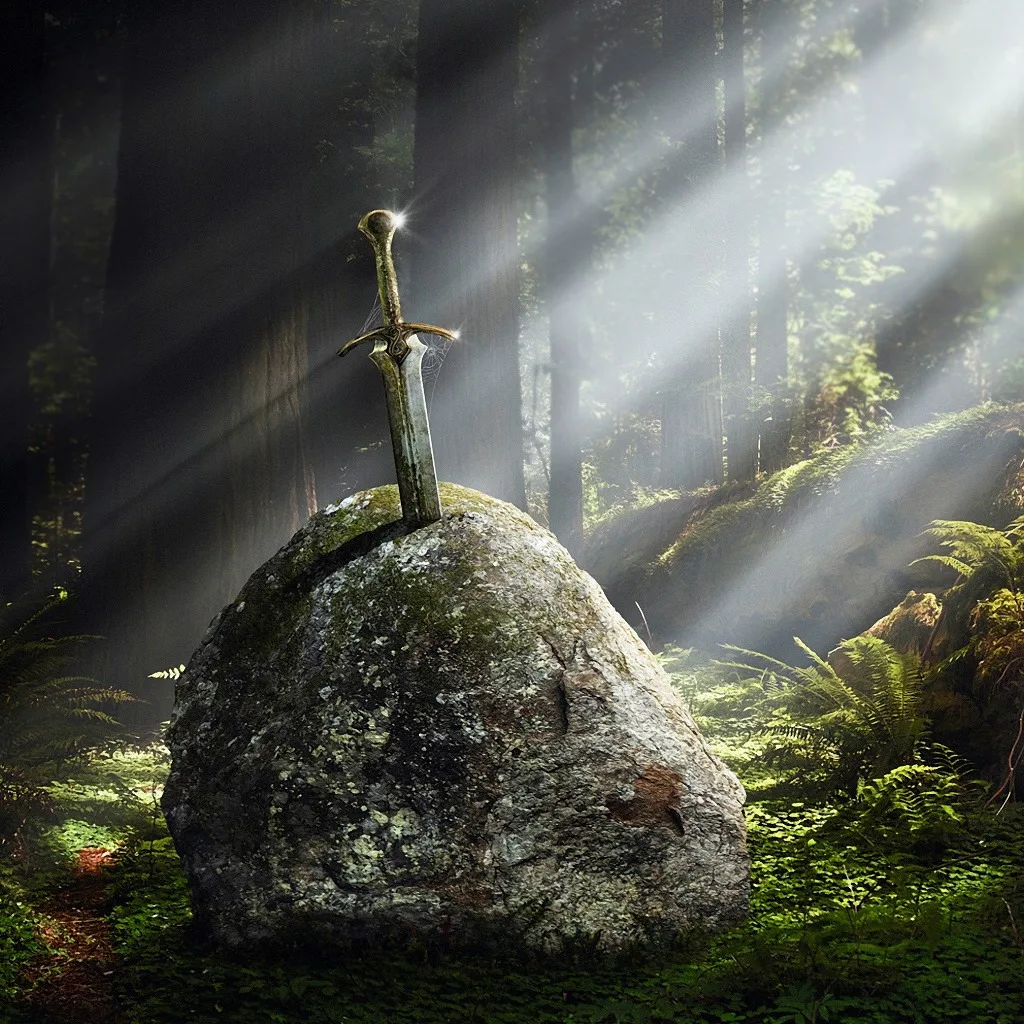Quick Links
Useful Links
- Services
- Privacy Policy
- Terms & Condition
- Contact Us
Get in Touch with Us
- support@dummyEmail.com

“He had seen magic in movies—fireballs, glowing swords, gods in armor. But this wasn’t that. This wasn’t fantasy. It was physics, engineering, systems made of sweat, skill, and understanding. The ether didn’t grant you power. You had to build it.” In Sword, Crown, and Quill, Allen “Reign” Odom invites readers into a world where ether powers everything—but unlike the usual fantasy tropes, this isn’t a realm where mystical energy makes things easier or gifts heroes with unearned might. It’s a world that demands effort, strategy, and technical comprehension. The ether may fuel the system, but it’s the mind that bends it to use. From the moment main character Malick enters the City of Ether, readers encounter a society shaped by its tools—not spells, incantations, or divine intervention. What powers the city isn’t magic in the traditional sense—it’s ether tech: engineered devices, crafted weapons, interactive interfaces, and tactical systems. Ether isn’t a plot device; it’s infrastructure.
Malick’s outsider status gives readers a rare and grounded perspective on this system. When he first sees a Dexmine shard in use, his reaction is full of awe but grounded in science: “The shard pulsed in rhythm with the wielder’s breath, its edges flexing like muscle under pressure. Malick’s mind raced—not with wonder, but with equations.” That moment represents the ethos of the book. Where most fantasy novels might frame glowing weapons as enchanted artifacts, Odom frames them as the result of design. There are no wizards in Sword, Crown, and Quill—only builders, tinkerers, scavengers, and programmers. This world is closer to steampunk or sci-fi than high fantasy, and that’s what makes it feel so modern and immersive.
What’s even more powerful is how the ether-based technology reflects class and access. Not everyone has the same tools. The Guild controls much of the ether tech infrastructure, while dregs like Malick—those who exist without an Ether Core—are left to scavenge or modify hand-me-down devices. That gap creates tension, not just in the story, but in the system of survival. “He held the tool up to the light. It was cracked, patched with copper wire and old solder. But it worked. It had to work. There were no backups. No second chances.” This line showcases how the functionality of ether tech brings realism into the fantasy. There’s no endless stream of mana. No convenient resurrections. If the tool breaks, you fix it. If you’re out of power, you find a way. These limits make the world more believable, the stakes more human, and the characters’ victories more satisfying.
Malick’s own transformation is deeply strongly tied to the tools he learns to use—not through prophecy or destiny, but through experimentation, trial, and ingenuity. One of the most impactful devices in the novel is his interface with the mask—a technologically advanced, ether-bound artifact that serves as both tracker and translator, judge and guide. “Language files initialized. Cognitive monitoring active. Weapon potential: zero. Tactical strategy suggested: run.” The mask isn’t magic—it’s a machine. But it’s also adaptive, gradually syncing with Malick and updating its understanding of him. In this way, it becomes a literal reflection of his growth. The more he learns, the more the mask evolves. The more he adapts, the more functionality he unlocks—not because the system deems him worthy, but because he works for it.
What sets Sword, Crown, and Quill apart from others in the LitRPG and fantasy genres is how Allen Odom insists on realism within his mechanics. Even the “gamelike” systems—status updates, interfaces, glyph readings—have logical foundations. When Malick stumbles upon ancient glyphs, they don’t magically change him. They offer coded access points—interfaces waiting to be understood, not just touched. “Physical Ether Capacity: 0%. User Classification: Unauthorized. Outcome: Limited Access. Proceed with caution.” It’s subtle world-building like this that makes the story feel earned. There’s never a sense that Malick has been “chosen.” In fact, he’s been rejected by every institution that runs the ether world. His only chance at survival is to understand the rules of the system better than anyone else.
And that’s what makes the ether tech feel so fresh and functional—it isn’t about fantasy, it’s about effort. Tools are only as powerful as the person who knows how to wield them. Whether it’s a scrapped scanner used to detect hidden glyphs or a jury-rigged emitter that redirects power flow from one device to another, everything in Malick’s arsenal is repurposed, reimagined, or repaired. The narrative delivers a powerful message through this framework: progress is not given—it’s earned. Unlike in many RPG stories where power comes from a rare artifact or mythical lineage, in Sword, Crown, and Quill, power comes from perseverance. That distinction is crucial for readers who crave stories that reward resilience over luck.
we’ll send you a nice letter once per week. no spam.
© Copyright 2025 allen odom . All Rights Reserved